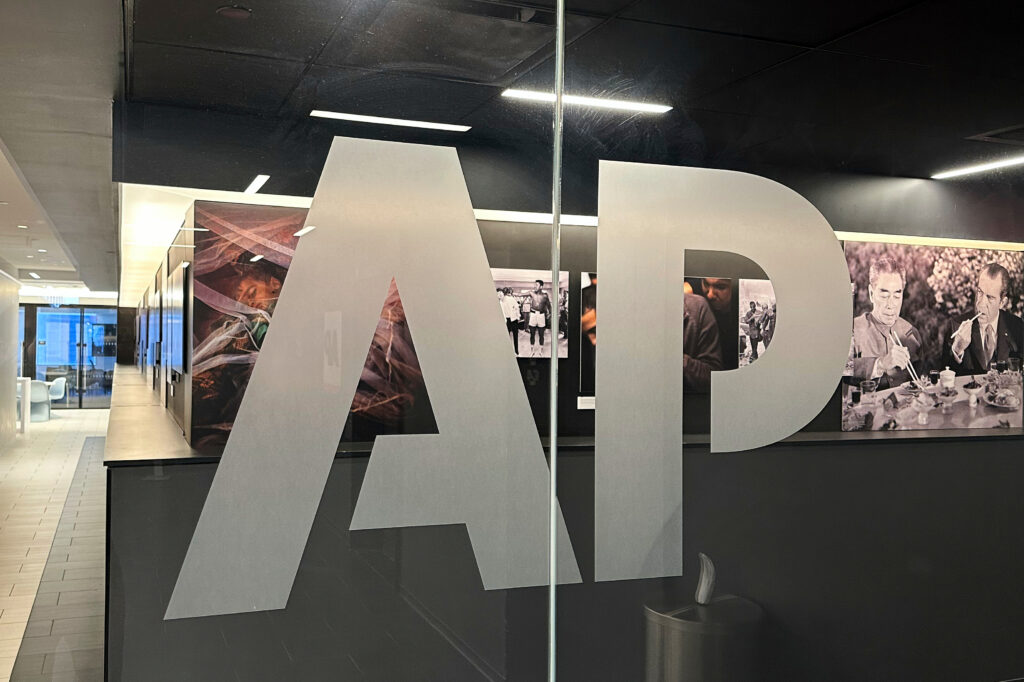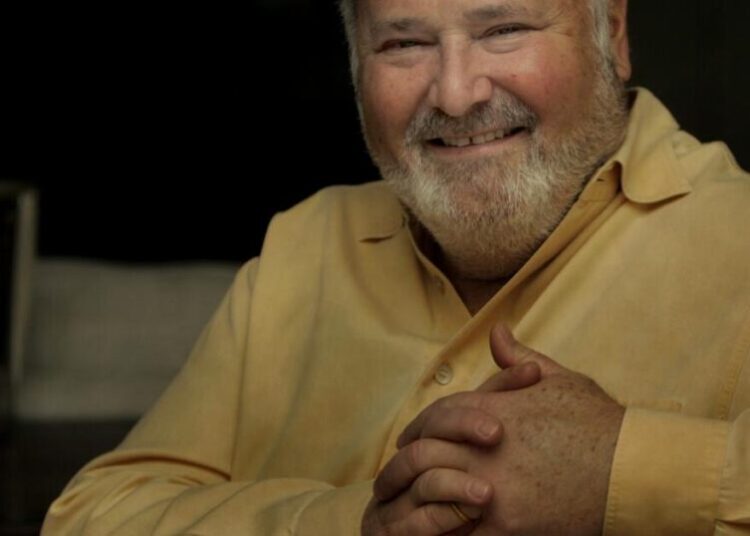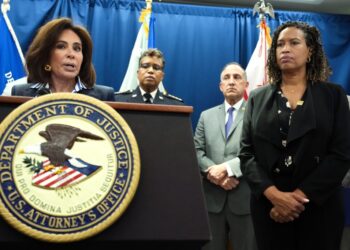Nine months after the White House booted the Associated Press from White House events because it refused to refer to the Gulf of Mexico with the Trump administration’s preferred term, theGulf of America, the news organization asked a trio of federal judges Monday to permanently find that the government violated its First Amendment rights.
After the AP won an April preliminary injunction before U.S. District Judge Trevor N. McFadden, a three-judge circuit court panel ruled 2-1 that the White House was within its rights to bar the news service from some events.
On Monday, the AP asked a new circuit court panel in Washington to reverse that finding and rule permanently in its favor. Two of its members, Gregory G. Katsas and Neomi Rao, were on the first panel, presenting the AP with the task of changing the minds of two jurists who already expressed sympathies for the government’s position.
The Justice Department’s lawyer, Jacob M. Roth, said the president has broad discretion to pick whom he wants to invite into the Oval Office and onto Air Force One. Roth largely distinguished those spaces from the East Room of the White House, which he said hosts various kinds of events, and to which AP reporters have access under the previous rulings in the case. Their access to the White House press briefing room was never at issue.
Charles D. Tobin, representing the AP, said that under First Amendment precedent, the White House could not pick and choose who could access nonpublic forums it had established. Roth countered that the Oval Office and Air Force One were routinely invitation-only, including the makeup of the press pool covering the president, and were not subject to First Amendment scrutiny.
During a nearly 40-minute questioning before the panel, Judge Robert L. Wilkins pressed Roth on whether the president is ever bound by First Amendment principles, which largely forbid viewpoint discrimination and retaliation for political speech, in the Oval Office. In a hypothetical, Wilkins, an appointee of President Barack Obama, asked whether the president could exclude a family from Kansas visiting the White House if he discovered that a family member disagreed with him in social media posts. Roth said that would be the president’s right. “Woe to the public,” Wilkins said.
Katsas asked the government whether it really wanted a “room-by-room, space-by-space” analysis from the bench. Rao, like Katsas a Trump appointee, asked the AP’s lawyer whether the law should permit public forums in the president’s own office. Tobin responded that the Oval Office belongs to the government and to taxpayers. “The First Amendment does not stop at the Oval Office door,” Tobin said.
In February the White House took over the process of selecting who is in the daily press pool, a job long handled by the White House Correspondents’ Association. After McFadden issued his injunction, the White House reformed its procedures for the press pool to eliminate a long-standing dedicated spot for wire services, an action McFadden deemed fair in April.
While the White House has loosened aspects of its ban of AP journalists, especially its photographers, the organization maintains that winning this case is important for setting precedent. In an op-ed published Monday, AP Executive Editor Julie Pace wrote that the press and the public have the right to speak freely without being punished by the government.
“Letting the government control which journalists can cover the highest office in the land and setting rules about what those journalists can say or write is a direct attempt to undercut the First Amendment,” Pace wrote on the AP’s website. “It results in a filtered look at whoever holds the highest office, not the rigorous coverage the public deserves.”
The White House did not respond to a request for comment.
The post In Gulf of America case, AP renews legal fight to end White House ban appeared first on Washington Post.




